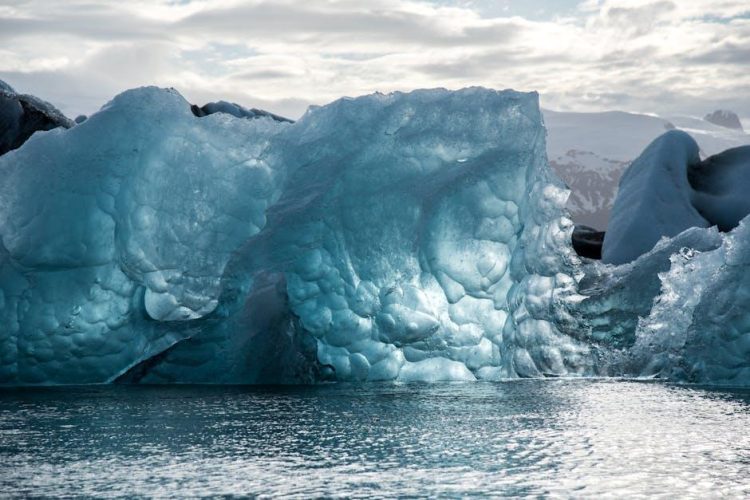Welcome, fellow Earthlings, to a hot topic that’s bound to make you sweat (both literally and figuratively). That’s right, we’re delving into the fascinating and sometimes alarming world of global warming and climate change. So grab your sunscreen, strap on your snow boots, and prepare to embark on a wild ride through the science behind our planet’s rapidly changing temperatures. Don’t worry, we promise there won’t be any pop quizzes at the end – but there might be a few inconvenient truths along the way. So sit back, relax, and let’s heat things up as we explore the science of global warming like you’ve never seen before.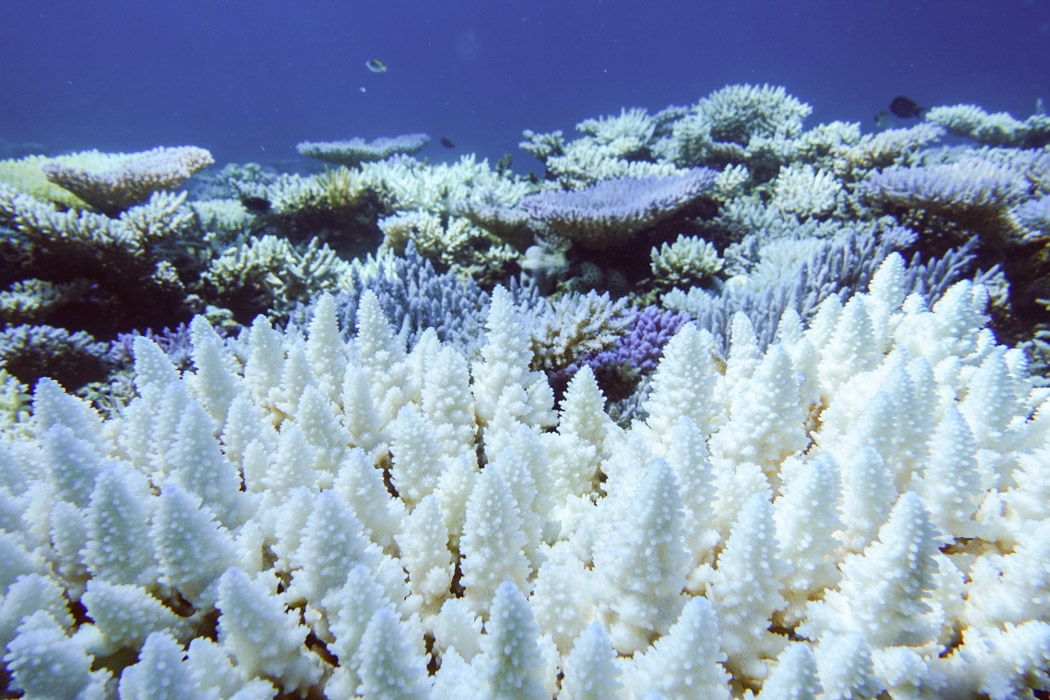
The Basics of Greenhouse Gases and the Greenhouse Effect
So you want to know about greenhouse gases and the greenhouse effect, huh? Well, buckle up, because we’re about to take a wild ride through the world of climate science!
First things first, let’s talk about what greenhouse gases actually are. These sneaky little molecules are like the villains of the environmental world, trapping heat in the Earth’s atmosphere and causing all sorts of trouble. The main greenhouse gases include carbon dioxide, methane, and nitrous oxide, but there are plenty of other players in the game too.
Now, onto the greenhouse effect. This is basically nature’s way of keeping things warm and cozy on Earth. Without it, we’d be as cold as a polar bear’s toenails! But when we start pumping too many greenhouse gases into the atmosphere, things can get out of hand real quick. Just imagine a greenhouse on steroids, trapping in so much heat that even the polar ice caps start sweating!
So, next time you hear someone talking about greenhouse gases and the greenhouse effect, just remember that it’s not all doom and gloom. We can all do our part to cut back on our carbon footprint and give Mother Earth some much-needed breathing room. After all, she’s the only planet we’ve got, so let’s treat her right!
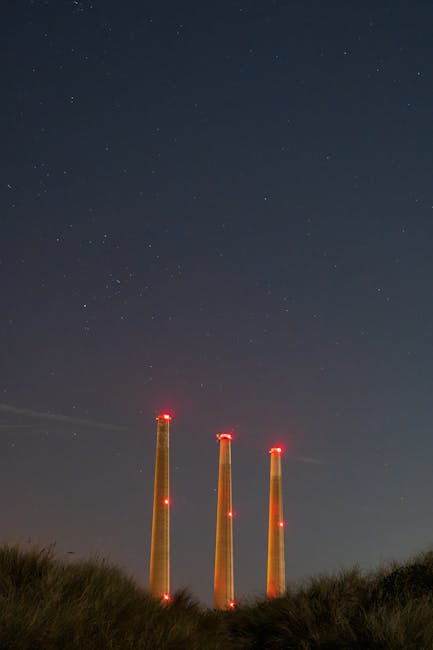
The Role of Human Activity in Carbon Emissions
Human activity plays a significant role in the emission of carbon into the atmosphere. From driving cars to powering our homes, we are constantly contributing to the ever-growing carbon emissions. But hey, who doesn’t love a good road trip, am I right?
Here are some ways in which our daily activities are ramping up those carbon emissions:
- Burning fossil fuels for transportation
- Using electricity generated from coal power plants
- Consuming meat and dairy products that contribute to methane emissions
But fear not, my fellow carbon emitters! There are ways we can reduce our impact on the environment:
- Switch to electric vehicles or carpool with friends
- Invest in renewable energy sources like solar panels
- Reduce meat consumption and opt for plant-based alternatives
Remember, it’s all about making small changes in our daily habits to combat climate change. So let’s all do our part and reduce those carbon emissions one step at a time!
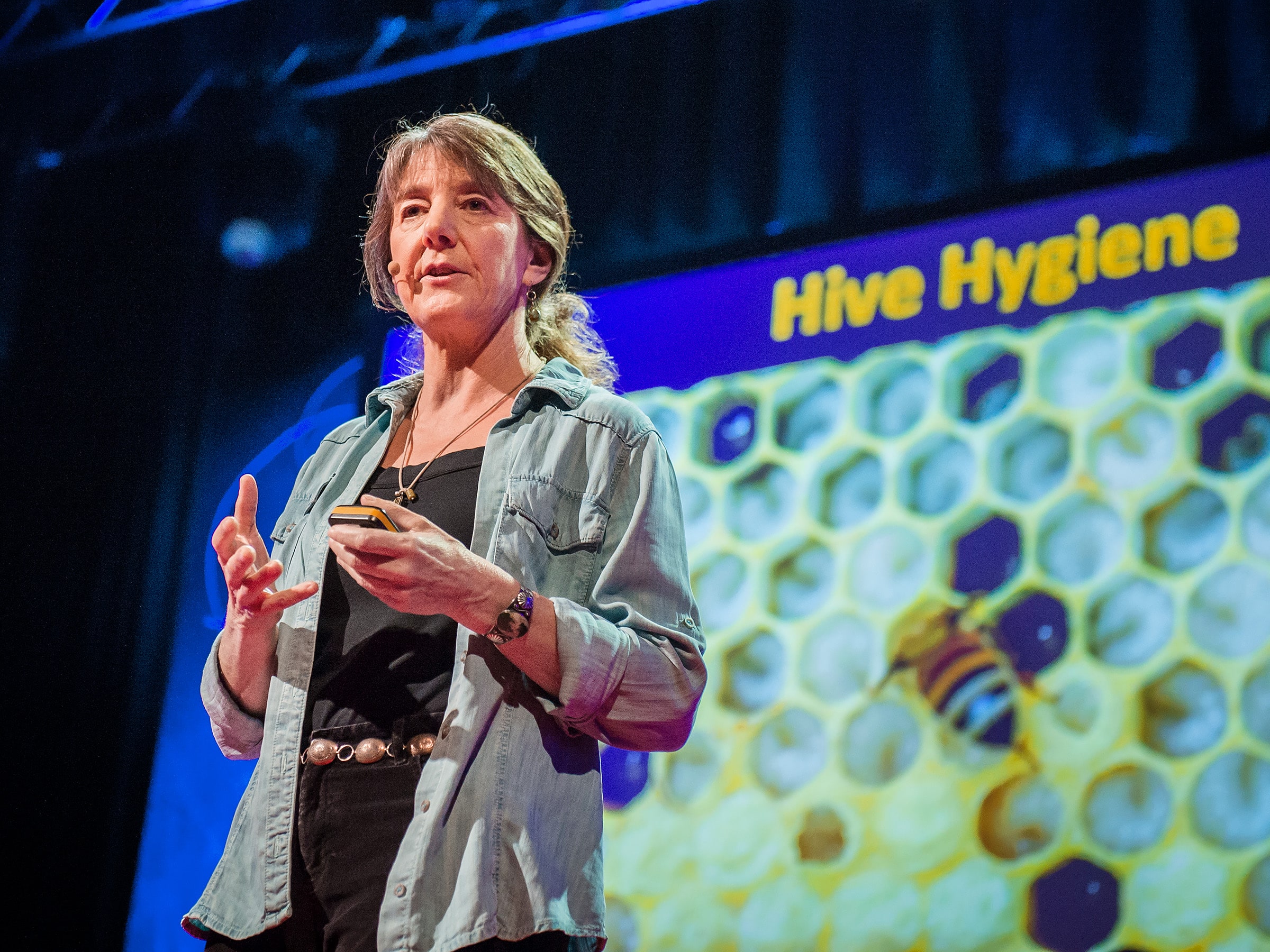
deforestation-on-climate-change”>The Impact of Deforestation on Climate Change
Deforestation, oh how you wreak havoc on our climate! With trees being chopped down left and right, it’s no wonder Mother Earth is feeling a bit under the weather. Let’s delve into the disastrous effects of deforestation on climate change, shall we?
First off, trees are like nature’s air purifiers. They suck up carbon dioxide like it’s no one’s business and give us all that sweet, sweet oxygen in return. So when we start cutting down trees like we’re in a never-ending game of real-life Minecraft, we’re basically suffocating ourselves with our own stupidity. It’s like trying to survive in a room filled with fart gas – not a pleasant experience, I can assure you.
Secondly, when we chop down trees, we’re not only losing our oxygen source, but we’re also saying goodbye to some pretty nifty climate regulation. Trees help regulate the temperature by providing shade and releasing water vapor into the atmosphere. Without them, it’s like turning off the Earth’s air conditioning and cranking up the thermostat to hellish levels. I mean, who needs winter when you can have eternal sweat-soaked summer, amirite?
And let’s not forget about all the lovely wildlife that call trees their homes. Deforestation doesn’t just affect us humans; it’s like evicting an entire forest neighborhood without notice. Where will the critters go? The poor squirrels will have to rent out tiny studio apartments in the city! It’s a veritable housing crisis for the animal kingdom, all thanks to our tree-cutting escapades.
Understanding the Feedback Loops of Global Warming
Global warming is like the ultimate bad Tinder date – it just keeps getting hotter and hotter, with no end in sight. But have you ever wondered how this vicious cycle of rising temperatures actually works? Let’s dive into the wild world of feedback loops and unravel the mystery behind this hot mess.
Think of feedback loops as the ultimate frenemies of climate change. They’re like those sneaky little saboteurs who keep pushing us closer to the edge of environmental disaster. And just like that friend who always convinces you to order another round of shots, these feedback loops have a way of making things spiral out of control.
One of the main culprits in the feedback loop gang is good old carbon dioxide. As temperatures rise, the polar ice caps melt, releasing more CO2 into the atmosphere, which then traps more heat, leading to even more melting. It’s like a never-ending game of climate change dominoes - one meltdown triggers the next, and before you know it, we’re all swimming to work.
So next time you’re sweating through a heatwave or watching a polar bear cling desperately to a melting ice floe, just remember - it’s all thanks to those pesky feedback loops. It’s like a never-ending cycle of environmental drama, and we’re all just along for the ride. Buckle up, folks - it’s gonna be a bumpy (and scorching hot) one!
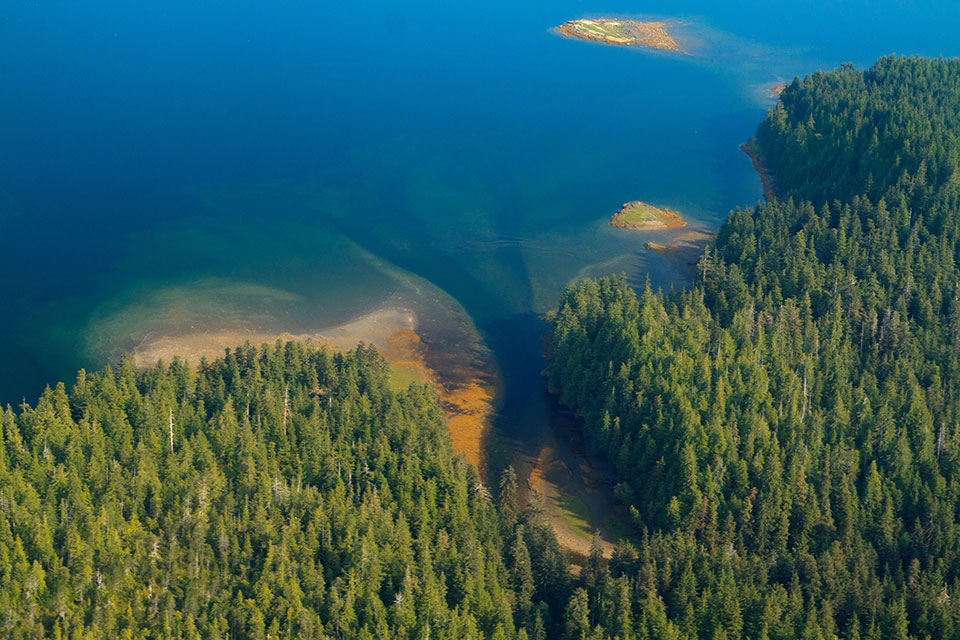
The Relationship Between Rising Temperatures and Extreme Weather Events
Have you ever noticed that the hotter it gets, the more extreme weather events we seem to experience? It’s like Mother Nature is cranking up the heat and unleashing her fury on us mere mortals. But is there really a relationship between rising temperatures and these crazy weather phenomena? Let’s dive in and try to make sense of it all.
First off, let’s talk about **heatwaves**. As temperatures soar, so do the number of scorching hot days that make you want to hide in the nearest air-conditioned building. These prolonged periods of extreme heat can lead to all sorts of problems, from wildfires to melting ice caps. It’s like the Earth is turning into one giant sauna, and we’re all just along for the sweaty ride.
Then there’s **heavy rainfall**. When the atmosphere heats up, it can hold more moisture, which means more intense downpours and flooding. It’s like someone left the faucet on full blast and forgot to turn it off. Suddenly, you’re knee-deep in water wondering if you should invest in a boat instead of a car.
And let’s not forget about **hurricanes and tornadoes**. As ocean temperatures rise, so does the energy available to these powerful storms. It’s like they’re just waiting for the perfect moment to unleash their destructive forces on unsuspecting coastlines. It’s nature’s way of saying, “Hold on to your hats, folks, things are about to get wild!”
FAQs
Why is global warming happening?
Well, it’s like the Earth is wearing a cozy blanket made of greenhouse gases that trap heat from the sun. Over time, this blanket has become a little too snug, causing temperatures to rise and resulting in all sorts of wacky weather patterns.
How does human activity contribute to global warming?
Picture this: every time you hop into your gas-guzzling car or fire up your coal-burning power plant, you’re basically giving the Earth a big ol’ bear hug… except it’s not the warm and fuzzy kind. Our love affair with fossil fuels releases more greenhouse gases into the atmosphere, making that blanket around the Earth even toastier.
What are the consequences of global warming?
Think of global warming as the ultimate party crasher – it shows up uninvited, wrecks havoc on the guest list (we’re looking at you, polar bears), and leaves a mess for future generations to clean up. Rising sea levels, more intense hurricanes, and disappearing ice caps are just a few of the souvenirs we’re collecting from this unwanted guest.
Is there anything we can do to combat global warming?
Absolutely! Just like turning down the thermostat in your house, we can all take small steps to cool down the planet. From using energy-efficient appliances to carpooling with friends, every little action adds up to make a big difference in our fight against global warming.
—
Stay Cool, Planet Earth!
And there you have it, folks! The science of global warming may be complex, but with a little understanding and a lot of determination, we can all work together to combat climate change. So remember, recycle, reduce, and reuse like your planet depends on it (because it does)! Let’s all do our part to keep our home cool and green. See you on the next article, and don’t forget to love your Mother Earth!

